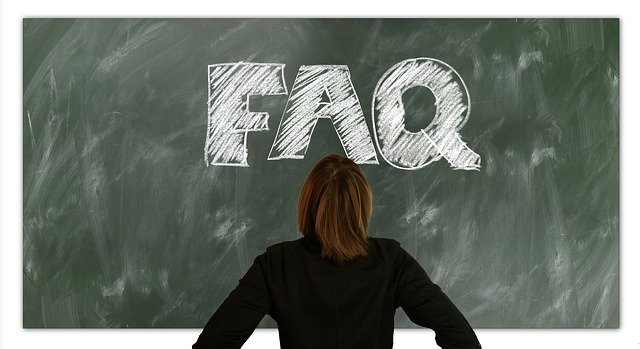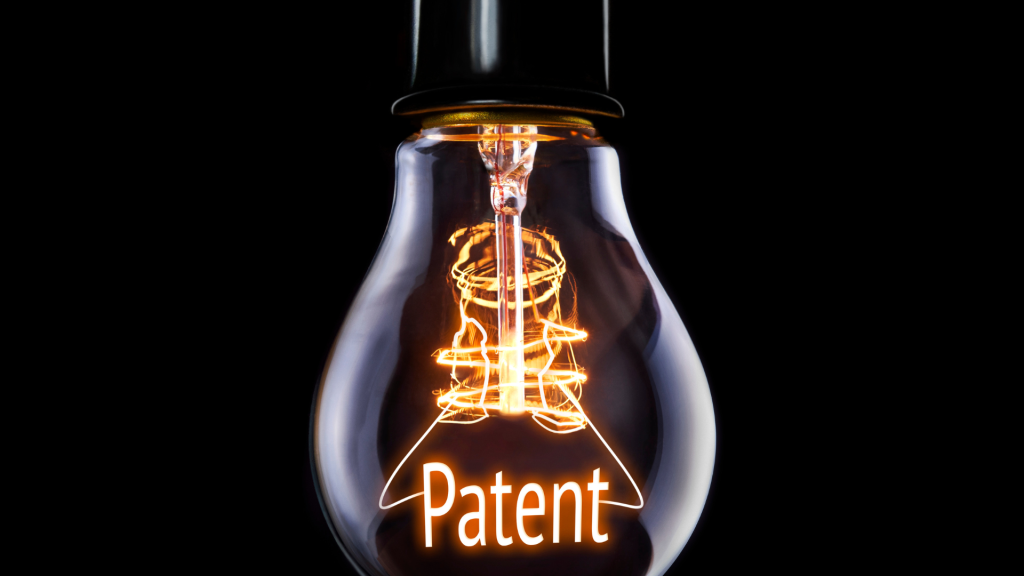On April 6, 2020, the U.S. Small Business Administration (the “SBA”), in consultation with the Department of Treasury, issued a frequently asked questions page (the “FAQs”) as additional guidance on the implementation guidelines for interpreting its Paycheck Protection Program (“PPP”). Previously, the SBA issued an Interim Final Rule (the “Interim Final Rule”) on April 2, 2020 and guidance on the affiliation rules applicable to PPP issued on April 3, 2020. As discussed in our main alert, PPP loans (the “PPP Loans”) authorize up to $349 billion in forgivable loans to small businesses to pay their employees during the COVID-19 crisis, facilitated through lenders enrolled in the SBA’s 7(a) loan program, pursuant to the PPP under the Keeping American Workers Employed and Paid Act (the “Act”), which is part of the Corona Aid, Relief, and Economic Security Act (the “CARES Act”) enacted on March 27, 2020.
Highlights of the SBA’s Frequently Asked Questions:
- Applications Already Filed. Applicants may rely on laws, rules and guidance that were available at the time of the filing of the application. If an applicant filed a loan application relying on the Interim Final Rule, or if a loan application was approved, the applicant will not need to update the loan application. However, if the previously filed loan application has not been processed, applicants may revise their applications based on the FAQs.
- The FAQs make clear that applicants are required to apply SBA’s affiliations rules under 13 C.F.R. § 121.301(f) and that such applicant must certify that the applicant is a small business concern taking into account affiliation rules, if applicable. Included in the SBA affiliation rule is that a minority shareholder who has blocking rights for ordinary or day-to-day items, is deemed to have control. The FAQs add that such minority shareholder will no longer be considered an affiliate if such minority shareholder irrevocably waives or relinquishes all blocking rights specified in 13 C.F.R. § 121.301(f).
- Payroll Costs Excludes Non-Cash Benefits. The FAQs clarify that when calculating payroll costs, the exclusion of employee compensation in excess of an annual salary of $100,000 includes only cash compensation and does not include non-cash benefits. Health benefits, retirement benefits, and payment of state and local taxes assessed on employee compensation are not excluded.
- Payroll Costs and Federal Taxes. The FAQs clarify that when calculating payroll costs, the payroll costs are not reduced by taxes imposed on an employee and required to be withheld by the employer, but do not include the employer’s share of payroll tax.
- Calculation of Employee Headcount and Payroll Costs. The FAQs make it clear that an applicant calculates employee headcount and payroll costs by calculating averages per pay period in a 12 calendar month period. The borrower can choose to apply the following time period:
- the 12 months prior to the loan application date; or
- the 2019 calendar year.
For a seasonal business, the applicant may use the period from either February 15, 2019 or March 1, 2019 through June 2019, to calculation payroll, and if such business was not in business from February 15 to June 30, 2019, the period from January 1 through February 29, 2020).
- Third-Party Payroll Providers. The FAQs state that if an applicant uses a third-party payroll provider or a Professional Employer Organization to process payroll, payroll documentation from these third-party payroll providers that indicate the wages and payroll taxes reported to the IRS are acceptable PPP loan payroll documentation. Employees of an applicant will not be considered employees of the third-party payroll provider.
For more information on these topics, please contact Jennifer Audeh, Robert Sawyer, Malcolm Henderson, Thomas Draper, or Heekyoung Lee.



